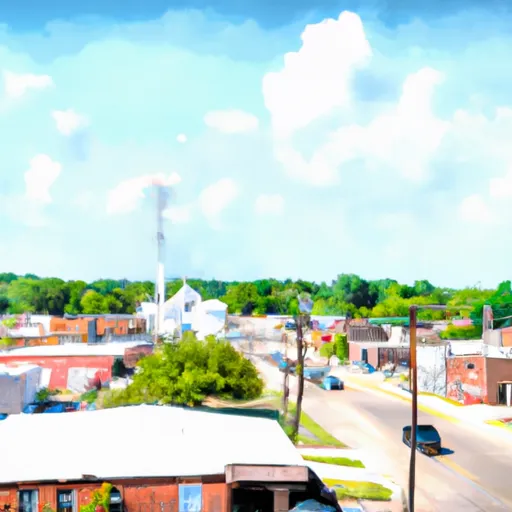°F
°F
mph
Windspeed
%
Humidity











Pope, Mississippi is a small town located in Panola County, in the northern part of the state. The climate in Pope is characterized as humid subtropical, with hot and humid summers and mild winters. Summers typically see temperatures reaching the high 80s to low 90s Fahrenheit, while winter temperatures range from the 40s to 60s.
The town is surrounded by various bodies of water, including the Yocona River and a number of nearby lakes. These hydrological constituents provide opportunities for fishing, boating, and other water-based recreational activities. Anglers can catch a variety of fish species, including bass, crappie, and catfish.
Outdoor enthusiasts in Pope can also explore the nearby Holly Springs National Forest, which offers numerous trails for hiking, biking, and horseback riding. The forest is home to diverse wildlife and provides opportunities for camping and picnicking.
In summary, Pope, Mississippi enjoys a humid subtropical climate and is surrounded by water bodies, offering outdoor enthusiasts opportunities for fishing, boating, and other water-based activities. The nearby Holly Springs National Forest provides additional recreational opportunities, including hiking, biking, and camping.
Weather Forecast
Pope receives approximately 1384mm of rain per year, with humidity levels near 87% and air temperatures averaging around 17°C. Pope has a plant hardyness factor of 7, meaning plants and agriculture in this region tend to thrive during the non-winter months.
Regional Streamflow Levels
346
Cubic Feet Per Second
229
Cubic Feet Per Second
182
Cubic Feet Per Second
1,390
Cubic Feet Per Second
Nearby Camping
| Camping Area | Reservations | Toilets | Showers |
|---|---|---|---|
| Lake Columbia | |||
| Simpson County Lake | |||
| St. Bernard State Park | |||
| DLo Water Park | |||
| Dry Creek Water Park | |||
| Walkiah Bluff Water Park |



